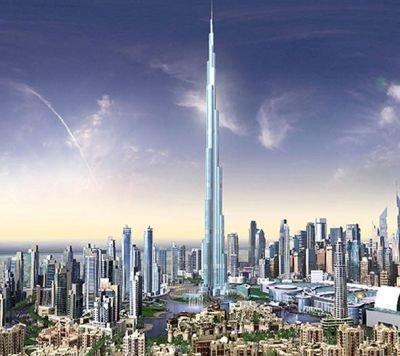 Flag of Trucial States(1820-1971)
Flag of Trucial States(1820-1971) Colonial Influence in the Middle East
In 1820 the British seemed primarily interested in controlling the Qawasim, whose main centers were Ras al Khaymah, Ajman , and Sharjah, which were all small ports along the southeastern gulf coast. The original treaties, however, also involved Dubai and Bahrain Dubai and Bahrain
The shaykhdoms were relatively unaffected before World War II. European countries has interests in the Gulf region but the Trucial States were cast aside. In 1892 a treaty was made to halt the French from extending their interests to the region. The area continued to be governed by the British government in India
As conditions remained static in Sharjah, it gave way for Abu Dhabi and Dubai
Throughout the nineteenth century, a separate identity was given to shaykhdoms through the jurisdiction of the British. This sparked a stark difference between coastal society and inland nomadic society. The focus that was given to the coast gave way for Trucial Politics to be heavily biased towards costal matters and was not challenged until the 1930s. The 1930s brought about change because up until then the government received regular payments from oil and air agreements. Before then, the rulers revenues were restricted to custom duties.
The period between 1968-1971, British rule presided over the more advanced political agendas and negotiations, which often resolved the more pressing tensions and helped to preserve the individual Gulf States Bahrain voted for independence from Iran Bahrain Qatar Qatar , and Bahrain
Obtaining independence in 1971 security concerns were a major focus of the UAE's foreign relations. In the early 1970s the UAE looked as though it would not continue as a viable state. Because the UAE was a relatively small state, its leaders recognized that defending the country's security from both internal and external threats such as Iran , Iraq , and Saudi Arabia
During the middle of the1970s, UAE felt the effects of the civil war in Lebanon
Around 1990-91, UAE joined with the United States in militarily forcing Iraq out of Kuwait United States Kuwait Iraq
Throughout the 1980s, the UAE found it difficult to maintain neutrality in the Iran-Iraq War. Adu Dhabi generally swayed with Iraq whereas Dubai was more sympathetic to Iran Iran Persian Gulf seemed unexpected.
In 1993 the UAE was at a time of peaceful relations with both neighboring countries and those outside the Middle East region. It was a member of the United Nations. It also was a member of the Organization of the Petroleum Exporting Countries and the Organization of the Islamic Conference.
Current UAE Information can be found in the “Country Facts” Post








 Dubai Proposal
Dubai Proposal Current Progress
Current Progress 